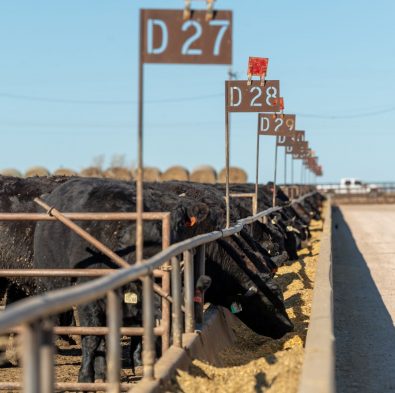It’s been an exciting experience to introduce feedyard managers, dairy producers and mill managers to a new bioequivalent monensin choice. And not surprisingly, like any consumer considering a new product, I’ve fielded questions and curiosity about “bioequivalent.”
What does it mean?
To earn FDA approval and the opportunity to come into the marketplace, bioequivalent products must go through rigorous research trials proving that the bioequivalent has the same active ingredient, strength, dosage form and route of administration as the brand-name, pioneer product. FDA sets the guidelines and tells the manufacturer what research trials they must conduct and meet to earn approval.
There is a misconception that bioequivalent products only have to be 10 to 15 percent of the active ingredient compared to the pioneer product. That is not true. FDA is specific and detailed in their testing and performance requirements.
Over the past 12 years, Huvepharma has performed extensive testing per FDA requirements to irrefutably demonstrate bioequivalence of Monovet 90 to the pioneer product. This included studies meeting Good Laboratory Practices (GLP), which determined Monovet 90 provides the same feed efficiency response as the pioneer; two separate GLP residue studies which showed that Monovet 90 and the pioneer behave the same with no residues of concern from either product; and comparative dissolution studies to further prove that Monovet 90 is bioequivalent to the pioneer.
Market feedback
But even with FDA approval, the next real test of our product has been earning “approval” from those using the product. As Monovet 90 has been introduced across the livestock industry, I’ve heard a common response of: “We will give it a try, but if it doesn’t work, we’ll go back to what we were using.” I wouldn’t expect anything less. The cattle business requires efficient, effective products – and managers watch closely to know if cattle are performing or not.
Our monensin bioequivalent appears to cut the mustard. Over the past year, feedyard managers and cattle producers have fed the product to 10 million beef and dairy cattle – and counting.
In visiting with these end-product users, the common sentiment expressed to me is that they appreciate having a choice of medicated feed products in the marketplace. As one individual said to me, “Having options is never a bad thing.”




